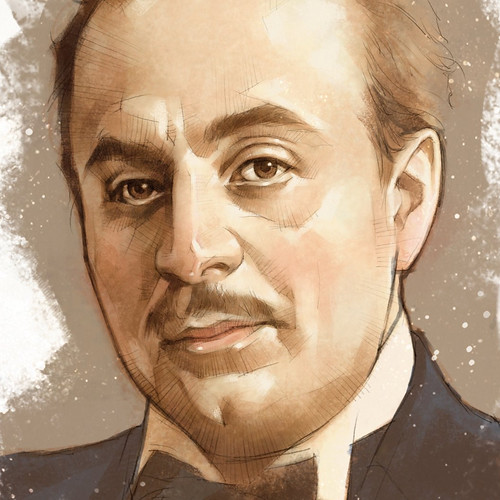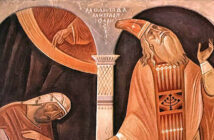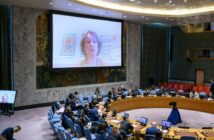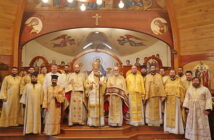Source: Antiochian Orthodox Christian Archdiocese of America
“Kahlil Gibran Returns to New York after 100 years” is sponsored by the Permanent Mission of Lebanon to the U.N. It is co-sponsored by the University of Balamand in Lebanon, The National Committee and the Museum of Gibran in Lebanon in collaboration with the World Lebanese Cultural Union-U.S. Council.
His Eminence Metropolitan Saba, accompanied by Archpriest Thomas Zain, vicar general, Mr. Fawaz El Khoury, vice chairman of the Board of Trustees, and members of the Archdiocese were in attendance.
The event for the exhibit’s opening was organized by a member of our Antiochian Orthodox community, Ms. Samar Nader, a Lebanese journalist working with the U.N. in New York City. The Master of Ceremonies, also a member our Antiochian Orthodox community, Dr. Henry Habib, welcomed His Eminence and all the guests. Dr. Elias Warrak, president of the University of Balamand, delivered the keynote address.
The event combined cultural, historic, musical, vocal, and video aspects interspersed between the speeches and readings honoring Gibran. Selections of Gibran’s works were read in Arabic, Chinese, French, Hindu, Russian, and Spanish.

Gibran Kahlil Gibran (1883-1931) lived most of his adult life in Boston but would often visit New York City where other Lebanese and Syrian poets of the so-called “Pen League” lived at the time, such as Ameen Rihani, Elia Abu-Madi, Mikhail Naimy, Nassib Arida, Abdul Massih Haddad, and others. He also had a very close relationship with our Metropolitan Antony (Bashir) of thrice-blessed memory who translated Gibran’s most famous work, “The Prophet,” into Arabic. Many of their letters to each other are preserved in the museum at the Antiochian Village Heritage and Learning Center.
The U.N. exhibit marks the centenary of the publication of Gibran’s renowned book, “The Prophet,” and features 30 of his works, including paintings, notebooks, drawing tools, manuscripts, and documents that were transferred from Lebanon to the U.N. headquarters in New York.






